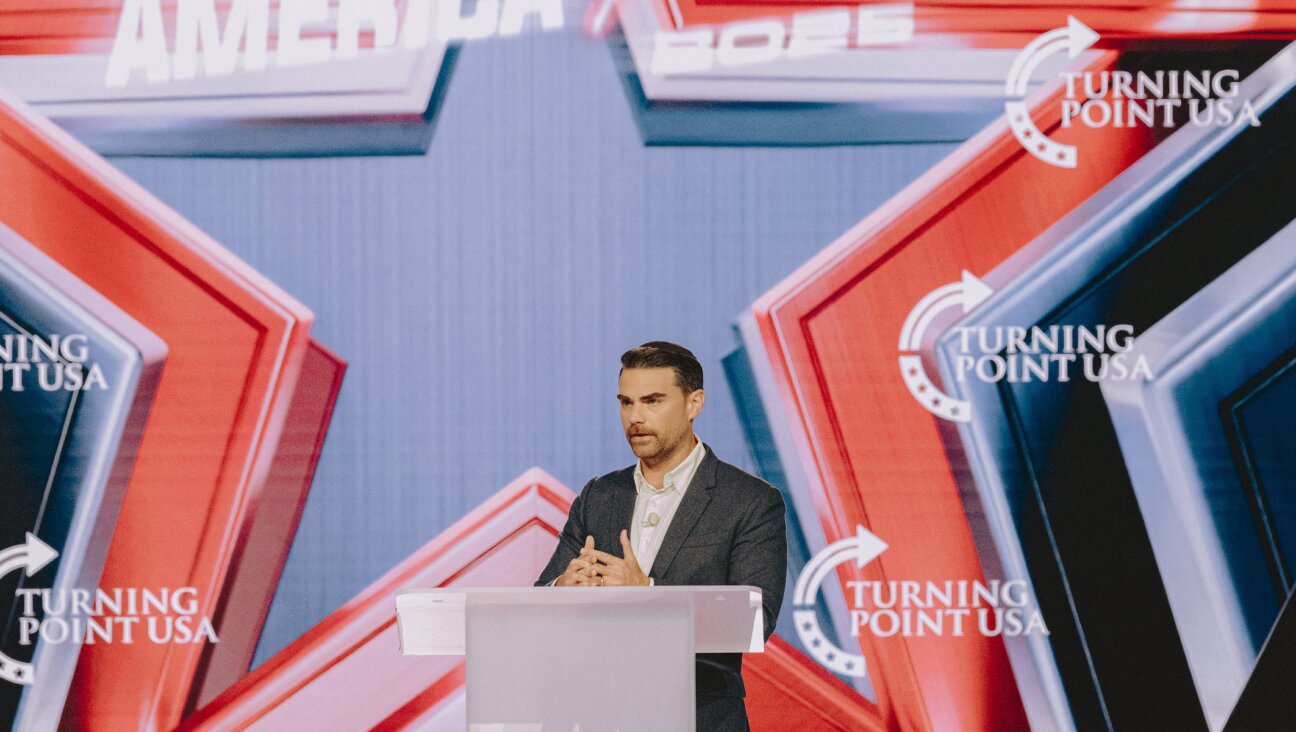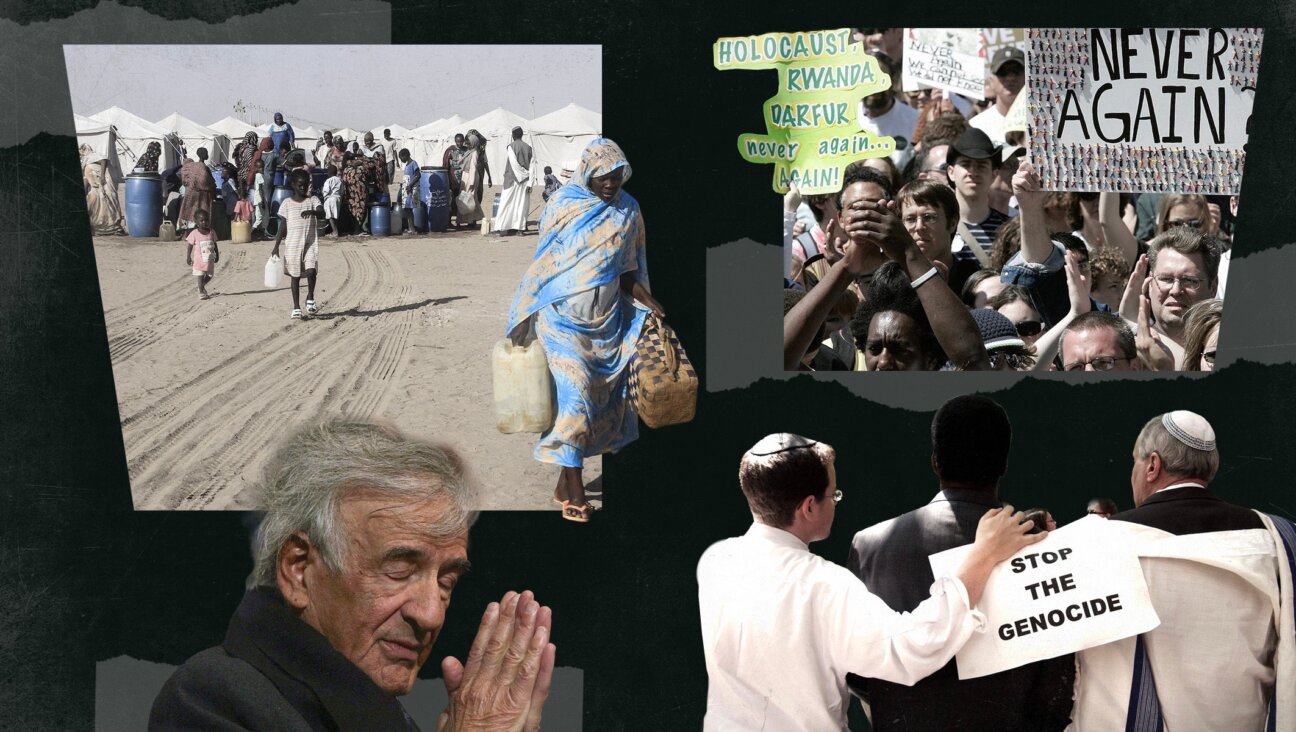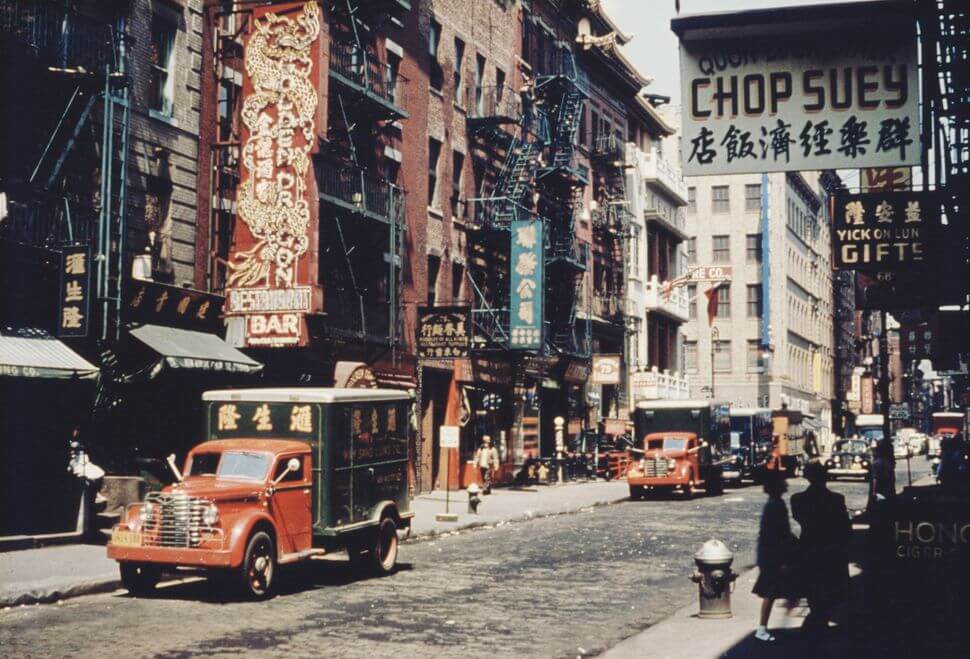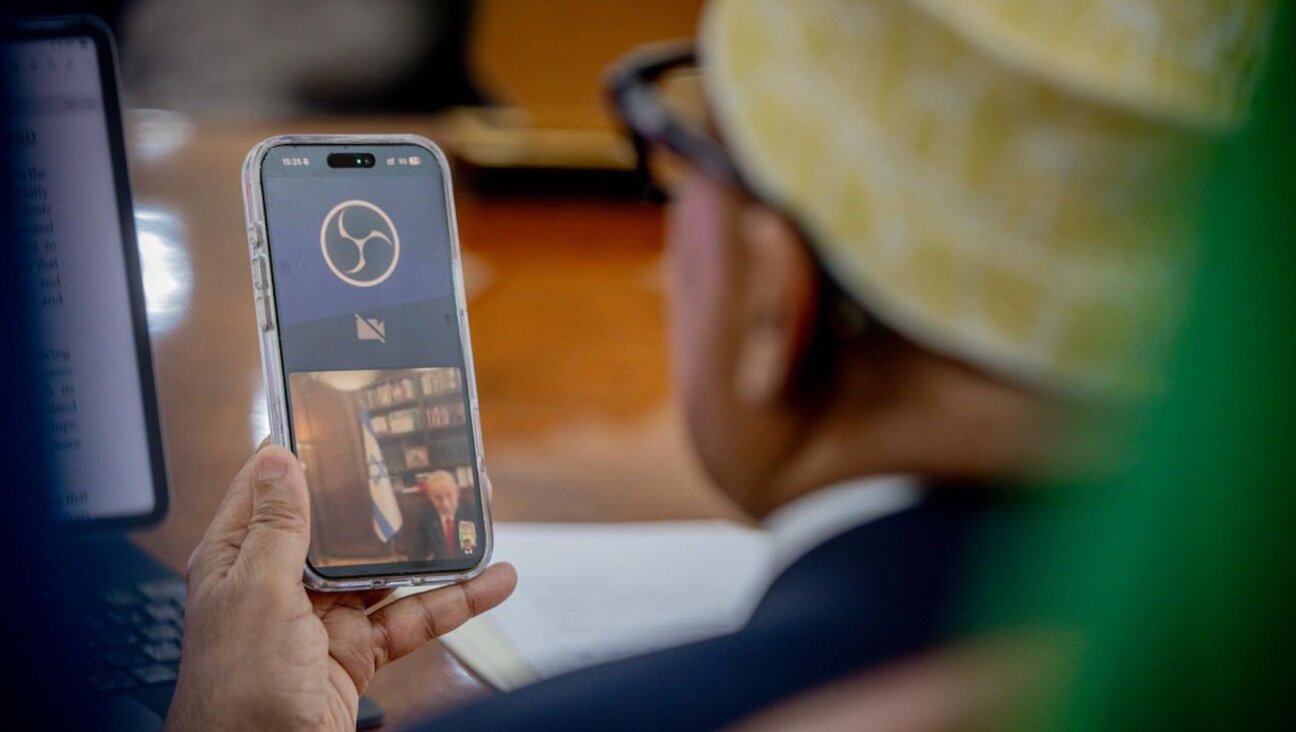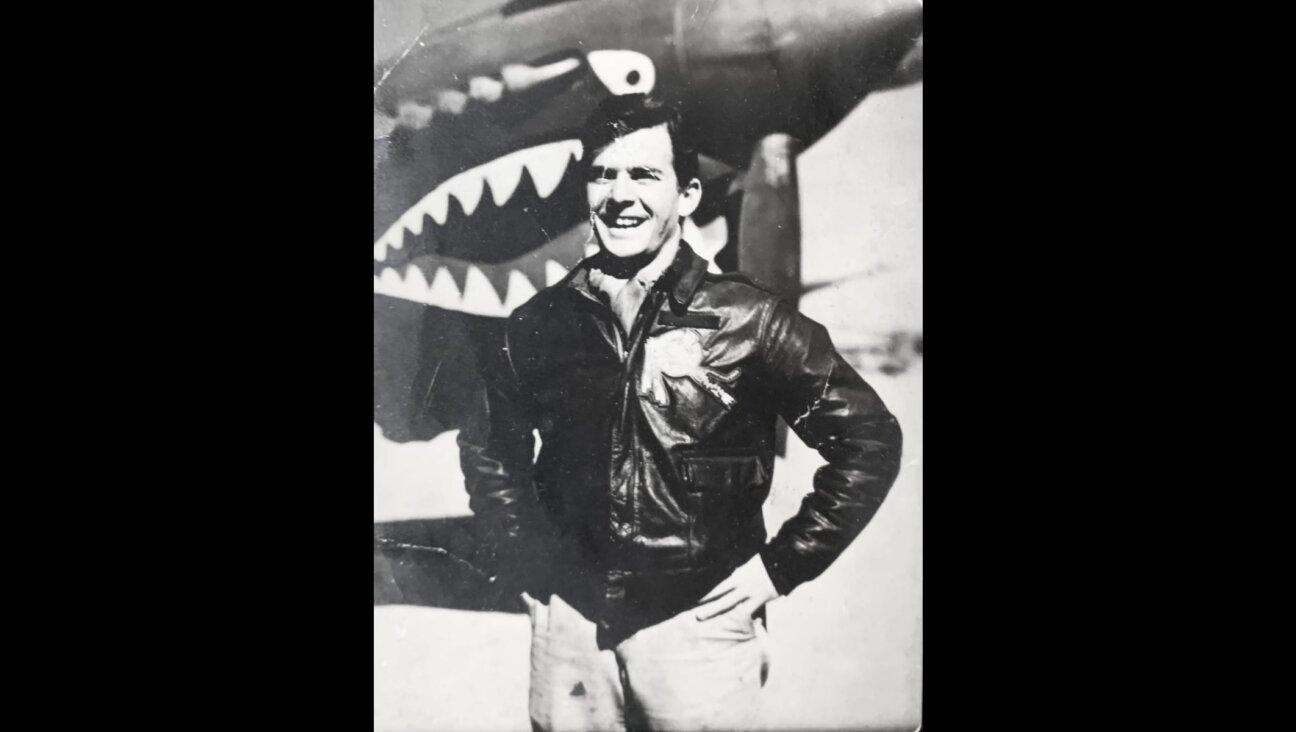Weaving the Triangle Shirtwaist Tragedy Into its Rightful Place
Triangle: The Fire That Changed America
By David Von Drehle
Atlantic Monthly Press, 340 pages, $26.
* * *|
March 25, 1911, became a Sabbath like no other. Scores of young immigrant Jewish women who couldn’t afford a day of rest went to work at the Triangle Shirtwaist Factory, a newfangled high-rise factory on the eighth, ninth and 10th floors of the Asch building, near Washington Square Park in New York City’s Greenwich Village. Their employers, Isaac Harris and Max Blanck — known throughout the burgeoning shmatte business as “the shirtwaist kings” — had managed to beat back unionization attempts by the fledgling International Ladies Garment Workers Union. This was the era when Jews were both owners and workers. Jewish wisemen like Stephen Wise, the founder of the American Jewish Congress, and Louis Brandeis, later named the first Jewish Supreme Court justice, were called in for labor mediation, where they successfully negotiated between the union and the companies. But, the Triangle owners resisted unionization. As a result, 140 of the factory’s workers, most of them young women, would die that Sabbath in one of the most tragic fires in American history.
In his riveting new book, “Triangle: The Fire that Changed America,” Washington Post reporter David Von Drehle couches the story of the fire in the social and political history of the time. Von Drehle weaves the Triangle episode into its rightful historic place, emerging from the Eastern European Jewish experience in America to collide with the beginning of the Progressive Era in the midst of Tammany Hall rule and, later, the New Deal.
Whereas a typical worker was “a young woman who, at eighteen, had already survived a murderous riot, traveled to America alone, mastered an occupation, and begun supporting the other eight members of her family back home,” Blanck and Harris were part of the privileged upper class. “Max Blanck was a well-fed, moon-faced man with a big Daddy Warbucks head and beefy hands,” writes Von Drehle. “He rode around in a chauffeur-driven car. Isaac Harris was smaller, sharper, with rodentlike features and piercing eyes. They lived in splendor near the Hudson River in neighboring town houses.”
These were the two men who defiantly opposed a unionization attempt in 1910 when 10,000 women — inspired by 24-year-old immigrant union organizer Clara Lemlich, a draper in a dress factory — went on strike for decent wages and safe working conditions. ILGWU Local 25 convened thousands of workers in Cooper Union’s Great Hall with Jewish socialists like lawyer Meyer London, who would later represent the Lower East Side in Congress, Abraham Cahan, the Forward’s founding editor, and Samuel Gompers, head of the American Federation of Labor.
But Blanck and Harris locked out their workers, hired replacements and sprinkled the picket line with prostitutes. Though they had been cited twice for fire violations, New York City in the era of Tammany Hall was loose with the law. Indeed, it was this same Tammany corruption that finally acquitted Blanck and Harris from murder charges after the fire.
The Triangle factory, the largest blouse-making factory in the city, bundled and shipped out 2,000 garments a day all across America, as the young workers cut and sewed on factory floors laden with flammable material. On this fateful day, a fire, probably started by a cigarette, spread throughout the three floors as those inside frantically tried to escape, most of them stuck inside due to faulty fire exits and at least one locked door. After valiant rescue attempts by the fire company (the fire ladder didn’t stretch high enough), aided by students and professors from an adjacent New York University building, 140 people died.
Von Drehle writes the chapters on the fire itself like an eyewitness. “Some came down burning and, when they landed, set off fires in the Asch Building basement,” he writes. “‘It looked to me like a big pile of rubbish coming out of the windows,’ said the owner of a hat factory in the adjacent building. He had seen it all through his own airshaft windows; perhaps worse, he had heard everything. ‘I hope I never hear anything like it again.’”
Von Drehle reminds his readers that before the union fights of the early 20th century — largely led by the heavily Jewish garment unions — there were no state or federal laws for minimum wage, child labor, health and safety requirements, health care or pension. “One man who grew up on New York’s Lower East Side in the 1880s remembered his mother’s desperation the day his father died. There were no government programs to help her, no pension or Social Security…. So she went directly from the funeral to an umbrella factory to beg for a job. Eighteen thousand immigrants per month poured into New York City alone — and there were no public agencies to help them.”
Today, Jewish workers are gone from the garment shops; indeed, many of the garment shops have moved offshore for lax labor laws, and a new ethnic group begins the cycle again. But the story of unionization in America is filled with authentic Jewish heroes and the union leaders who were joined by civic and religious leaders — and some righteous employers — to create the building blocks of what has become the most prosperous Jewish community in the world. This story deserves a place as one of the most important chapters in the American Jewish experience, and its lesson deserves relearning again and again.
Jo-Ann Mort, co-author of “Our Hearts Invented a Place: Can Kibbutzim Survive in Today’s Israel?” (Cornell University Press, 2003) was the director of communications for UNITE and ACTWU.
